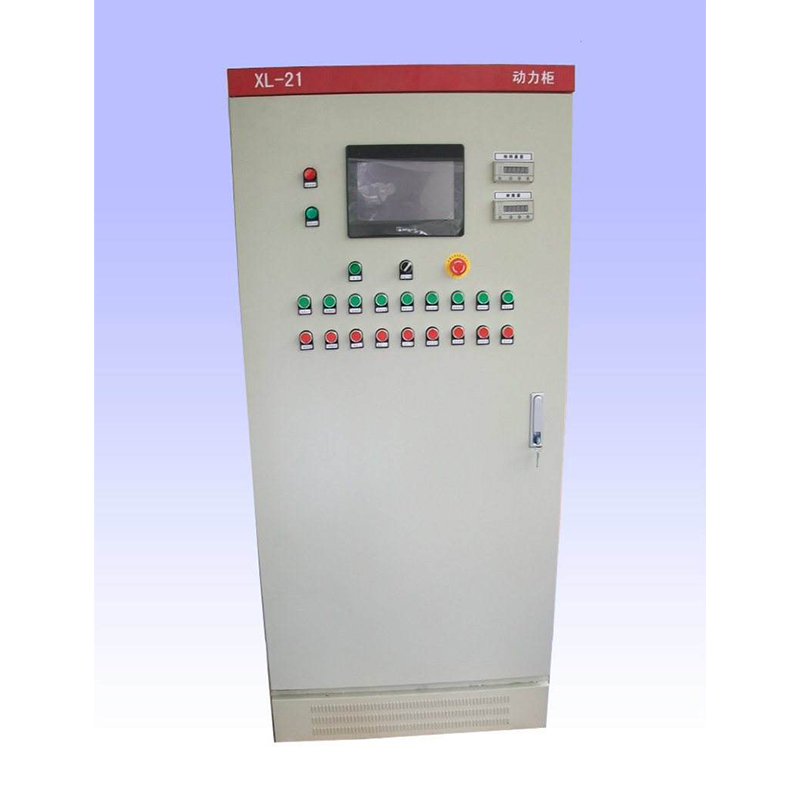
Sep . 01, 2024 19:25
Back to list
Gas Pressure Reduction Valve - Efficient Pressure Regulation Solutions
Understanding Gas Pressure Reducing Valves
Gas pressure reducing valves (PRVs) play a crucial role in various industrial and residential applications, ensuring the safe and efficient operation of gas systems. These valves are designed to regulate the pressure of gas delivered to different appliances, thereby preventing damage and maintaining ideal operational conditions. This article will delve into the function, importance, and types of gas pressure reducing valves, underscoring their significance in gas management systems.
What is a Gas Pressure Reducing Valve?
A gas pressure reducing valve is a device that automatically decreases the pressure of gas from a higher level to a lower, more manageable level. Typically, gas is stored at high pressures in tanks or pipelines, which makes it essential to reduce this pressure before it can be used in various applications such as heating, cooking, or powering industrial machinery. The PRV acts as a control mechanism to ensure that the gas is provided at a stable and safe pressure.
How Does it Work?
The operation of a gas PRV relies on a diaphragm mechanism, which senses the downstream pressure. When the pressure downstream falls below a pre-set level, the valve opens slightly, allowing more gas to flow through and subsequently increasing the pressure. Conversely, if the downstream pressure exceeds the set level, the valve closes to restrict gas flow, thus reducing the pressure. This continuous adjustment ensures a stable output pressure, regardless of fluctuations in upstream pressure.
Importance of Gas Pressure Reducing Valves
.
2. Equipment Protection Many gas-powered appliances are designed to operate under specific pressure conditions. Excessive pressure can lead to malfunctions or damage. PRVs help maintain the ideal pressure required for optimal performance, thus prolonging the life of appliances and reducing maintenance costs.
صمام تخفيض ضغط الغاز

3. Efficiency By ensuring that gas is delivered at the correct pressure, PRVs enhance the efficiency of combustion processes in heating and industrial applications. This leads to better energy utilization and potential cost savings for users.
4. Adaptability Gas pressure reducing valves can be adjusted to meet specific requirements, making them versatile for various applications, from residential homes to large industrial units.
Types of Gas Pressure Reducing Valves
There are generally two types of PRVs
1. Single-Stage PRVs – These are simpler devices that reduce the pressure in one step. They are often used in less demanding applications where precise pressure regulation is not critical.
2. Multi-Stage PRVs – These valves provide a more refined pressure reduction process, effectively managing high inlet pressures. They are commonly used in industrial settings where varying flow rates and pressures are expected.
Conclusion
Gas pressure reducing valves are integral components of gas management systems, ensuring safety, efficiency, and reliability. Understanding their function and types allows users to make informed decisions when selecting and maintaining these critical devices. As energy demands grow, the importance of effectively managing gas pressure through PRVs will continue to be paramount in both residential and industrial sectors.
Latest news
-
Safety Valve Spring-Loaded Design Overpressure ProtectionNewsJul.25,2025
-
Precision Voltage Regulator AC5 Accuracy Grade PerformanceNewsJul.25,2025
-
Natural Gas Pressure Regulating Skid Industrial Pipeline ApplicationsNewsJul.25,2025
-
Natural Gas Filter Stainless Steel Mesh Element DesignNewsJul.25,2025
-
Gas Pressure Regulator Valve Direct-Acting Spring-Loaded DesignNewsJul.25,2025
-
Decompression Equipment Multi-Stage Heat Exchange System DesignNewsJul.25,2025

